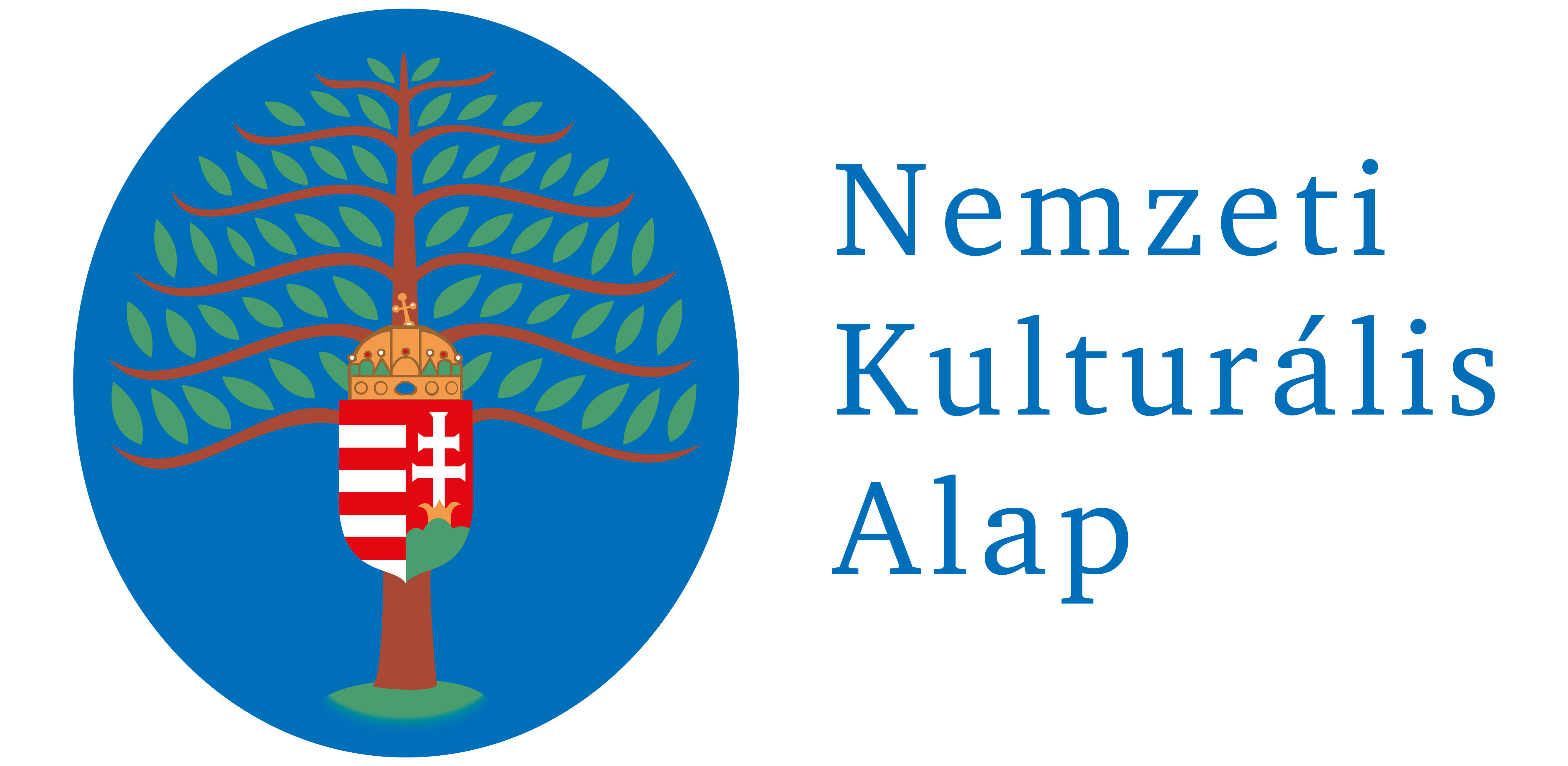Naptár
2024. április 15–19.
2024. április 20.
Eötvös József Kárpát-medencei középiskolai szónokverseny
2024. április 24. – május 3.
Tovább...
4. 2016.
Abstracts in English
Studies
Bóna, Judit
Analysis of hearing-based and vision-based utterances in grades 3-7
This study investigates what differences can be detected in the characteristics of the hearing-based and vision-based utterances of pupils in grades 3, 5, and 7. It focuses on the temporal characteristics in the sentence repetition and same sentence reading of 30 children and it analyses the disfluencies and errors that occur in the sentences. The results show that sentence repetition and reading aloud become faster and more accurate with age but children do not provide perfect performance. Based on the analysis of speech rate and the frequencies of disfluencies, it seems that even in grade 5 decoding processes are slower and less certain in reading aloud than in speech processing. At the same time, as memory plays a larger role in the decoding of hearing-based utterances than in reading aloud, children make more mistakes in repetition. These results contribute to the better understanding of the relation between speech perception and reading in higher grades at school.
Sáfrányné Molnár, Mónika
Teachers’ verbal instructions in classroom discourse 3
Classroom discourse, students, and teachers’ communication are major elements in school education. The study (published in three subsequent volumes of this journal) provides an analysis of teacher’s verbal instructions in a discourse analytical, pragmatic, and functional linguistic framework, based on classroom research data. In particular, it focuses on the characteristics of teacher utterances giving instructions for tasks and teacher utterances with directive functions. The third part of the study investigates the pragmatic features of teacher’s instructions. It deals in depth with the lexical, grammatical, and pragmatic discourse elements that play a role in the identification of the addressee of teacher utterances with directive functions. It examines the modality of teacher instructions and the linguistic forms of politeness in a corpus. The database of the research contains the video-recorded lessons of eight teacher trainees and their transcripts segmented for the purpose of this study and done with the ELAN discourse annotation software. The aim of the study is to draw attention to the importance of consciously composed teacher’s instructions.
Workshop
Gyuricza, Katalin
The possibilities of teaching intertextuality in first-language education
Starting from the theoretical concept of intertextuality (Janich 2008), this study deals with the possibilities of teaching intertextuality in first-language education. The problem of intertextuality has recently become more and more present in the content objectives of first-language education. When investigating the available curricula, it was observed that this question within the frame of first-language education has been less elaborated and only a few recent grammar books pay attention to the teaching possibilities of intertextuality. The aim of this study is to present a complex series of exercises that can be used in versatile ways in first-language education. The work sheet facilitates the testing and development of students’ intertextual knowledge, regarding non-literary texts. It shows that intertextual knowledge plays an important role in the process of text comprehension also in case of everyday texts.
F. Láncz, Éva
Onomastics in Hungarian language classes
This study discusses how onomastics is used in Hungarian language classes and it provides a brief overview of previous works done in this field. It links onomastics knowledge to grammatical topics and it also presents exercises related to onomastics. The purpose of the study is to show that it is worth leaving some space to onomastics with all the grammatical characteristics and dialectological examples in first language classes, study groups, and extra classes. The study urges topological analyses with digital techniques and thus giving the opportunity to use the Történeti magyar családnévatlasz [Historical atlas of Hungarian family names] (TMCsA.) containing data of the first two national censuses (1715, 1720) and also to generate maps.
Bernáth, Magdolna
The development of text comprehension and text production in literature classes
This study introduces the practice of text comprehension and text production for pupils in grade 5 in primary school based on the book Tavak könyve és Erdők könyve by writer Albert Wass. The development of text comprehension and text production is illustrated by clear examples linked to excerpts of the book. The preparation of the exercises is preceded by visual and musical ‘attunement’ with examples taken from classical and modern arts. The cooperative tasks provide the possibility of developing various competences. The verbal and written exercises facilitate the development of experience-centered text comprehension and text construction. In accordance with the principles of playfulness, the constant use of drama exercises facilitates to process reading.














